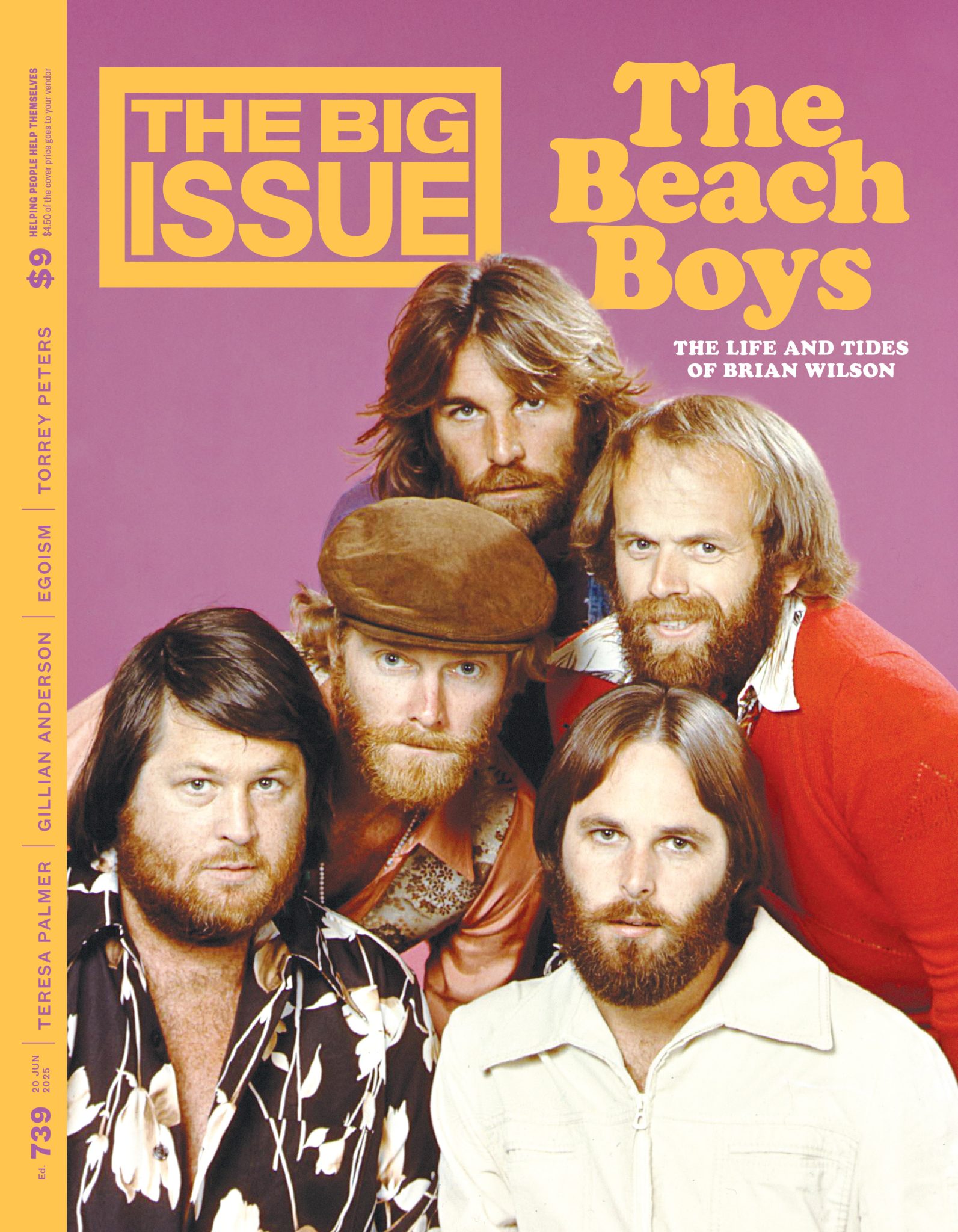Wrung out on Netflix? TikTocked out? Head over to the National Film and Sound Archive’s site and delight in their weird and wonderful Home Movies collection – you might even get some hairdo inspiration…
In these long days cooped up indoors, many of us are finding comfort in home-made movies. That might mean chuckling over the sharp wit on display in social media platforms like video app TikTok, or having our souls nourished from the musicians beaming out performances from their living rooms on Instagram. Who could resist a fan-swept Mariah Carey dancing to a DJ spinning her own tracks on a live Insta feed?
Or, it could be discovering the many virtual exhibitions and online collections curated by the National Film and Sound Archive (NFSA), including the nostalgic gold of their Home Movies collection.
While we may think of the Canberra-based institution as something of a hallowed hall that preserves notable films of cultural significance, recording everyday life for posterity is just as important to the curatorial team. “Home movies have a different aesthetic that can speak quite directly to people,” says NFSA curator and video artist Tara Marynowsky. “They give you a different perspective on life. You get to live through someone else’s eyes.”
From evocative slices of everyday life to personal milestones that people want to remember forever – weddings, births, parties – the NSFA collection holds some 6000 home videos, predominantly in grainy 8mm and 16mm film. The films cover everything from vintage circus acts with a rippling-muscled strongman in leopard print, to intimate, unscripted footage of politicians like Winston Churchill and Sir Robert Menzies, and even a backstage moment joking about with The Beatles.
There are some eyeball-popping curios too: anyone who has seen the sci-fi film Coneheads (1993) might experience a flashback while checking out Futuristic Styles at Hairdressing Convention. A silent 16mm gem captured by the late Gordon Edwards, it offers a fascinating peek at a 1950s convention in Newcastle where immaculately dressed women have their hair piled high in a wild conical style, dyed blonde, red and green. A suited man sports the same look, building height with a coconut, natch. “That was the first collection I put up online,” Marynowsky laughs. “It jumped out because it’s just so hilarious and bizarre.”
Her favourite inclusions are the home videos of Indigenous, Irish and West Indian circus star Con Colleano, and a series exploring the 8mm collection from Mad Dog Morgan (1976) filmmaker Philippe Mora. The earliest entry dates back to a family picnic on Hobart’s Mount Wellington in 1909 – the men in bowler hats and the women in flowing white skirts, Picnic at Hanging Rock-style – captured by cinematographer Ernest Higgins. A big name at the time, he shot several popular dramatic features about bushrangers, not long after Charles Tait birthed cinema with The Story of the Kelly Gang.
Higgins isn’t the only notable filmmaker whose sideline in home movies crops up in the archive. If you’re mourning the postponement of the Tokyo Olympics, there’s some cracking footage of the streets of Melbourne dressed up for the 1956 Games, shot by none other than veteran Bruce Beresford (Breaker Morant, 1980). Granted, he was only 16 at the time, but it’s a treat to see the inklings of a young man toying with his future passion.
The vast majority of the NFSA’s collection comes from public donations by far-from-famous Australians. “A lot of people don’t realise what they’re sitting on, in terms of capturing social history,” Marynowsky says, with the curatorial team focusing on gap-filling. “If someone comes to us and says, ‘Oh, look, you have to have these because Elvis is in it,’ okay, of course, bring that in. But otherwise, it’s about showing how much the landscape has developed, how things have changed over time.”
Time is, indeed, of the essence. Sadly, some donations are already too far gone. “People who don’t know what they’ve got might put home videos in a bad place, like a cupboard, under their bed, or in the sun, which can make the film deteriorate and lead to something called vinegar syndrome, which actually smells like fish’n’chips.”
Digitising the vast collection has made it an incredible evergreen resource that can be enjoyed without leaving home – and it is always growing. “We’re discovering more and more. Sometimes a collection will come to us and we know nothing about it, and we need to do all that research in the background to build up the story around it. But sometimes things are perfectly packaged and you just know it’s going to be of interest.”
A Gen Xer, Marynowsky has a keen interest in how the internet, too, can disseminate and democratise nostalgic ephemera. The strongest examples right now are those flooding out from TikTok and its viral, would-be stars. Often shot on the fly, the music-backed micro-videos have raised spirits and leavened the more depressing daily news of late with their irreverent humour.
Cutting through with much-needed comedy, they’ve even updated the calming internet staple of cat vids – which have been a thing since the technology was invented (see the NFSA collection Vintage Cats). Who knows if their millennial counterparts will make it into the institution’s vaults? But the joy unleashed by the countless clips in circulation showing kitties of all shapes and sizes leaping over, or crashing through, ever-rising walls stacked of (currently precious) toilet rolls will never get old.
By Stephen A Russell (@SARussellWords), a Melbourne-based Scottish import, freelance arts writer and critic with a distinctive snort.
First published in ed#610.
Collage created by Gracia and Louise.
